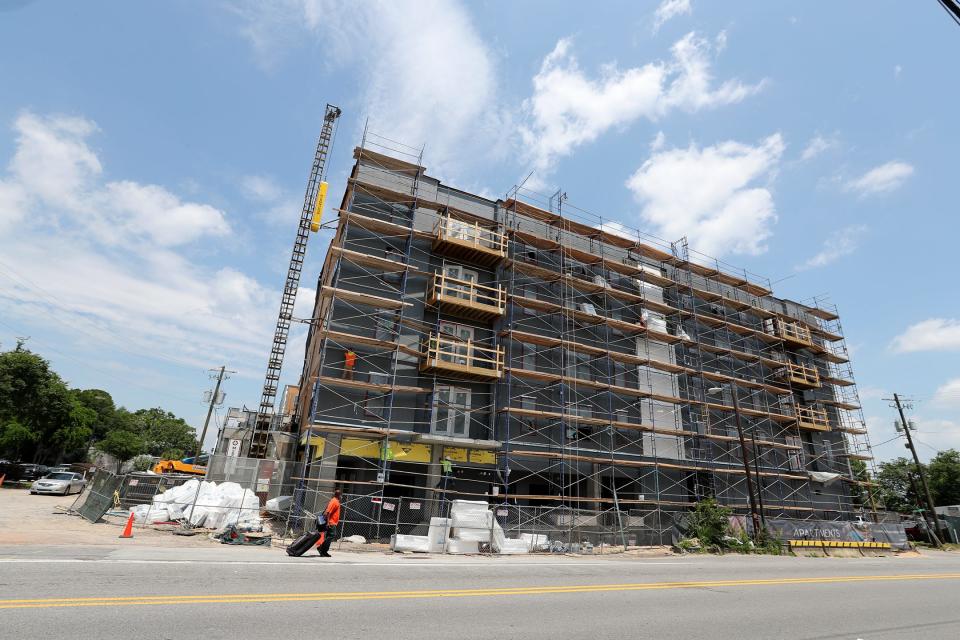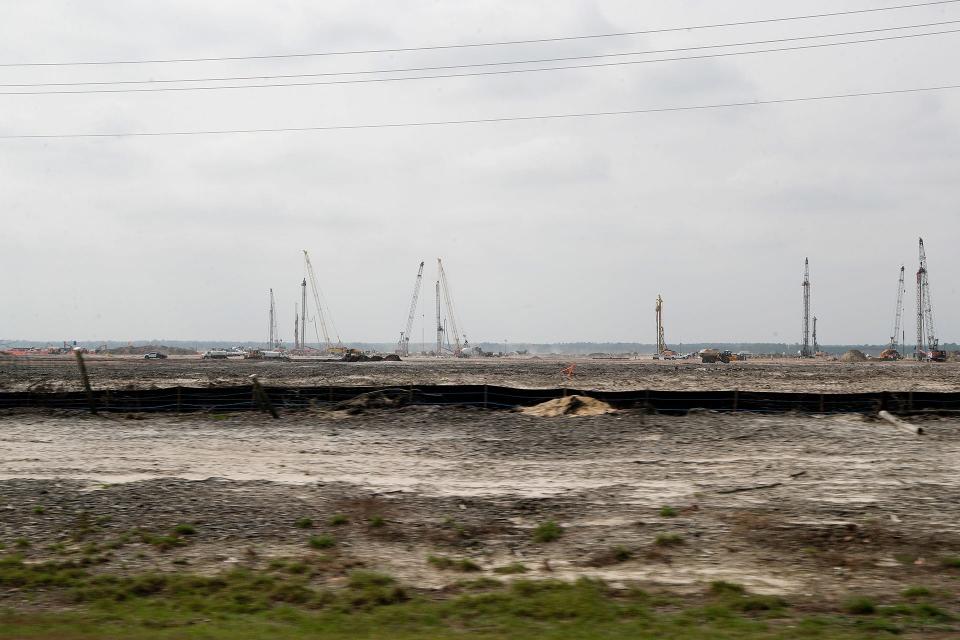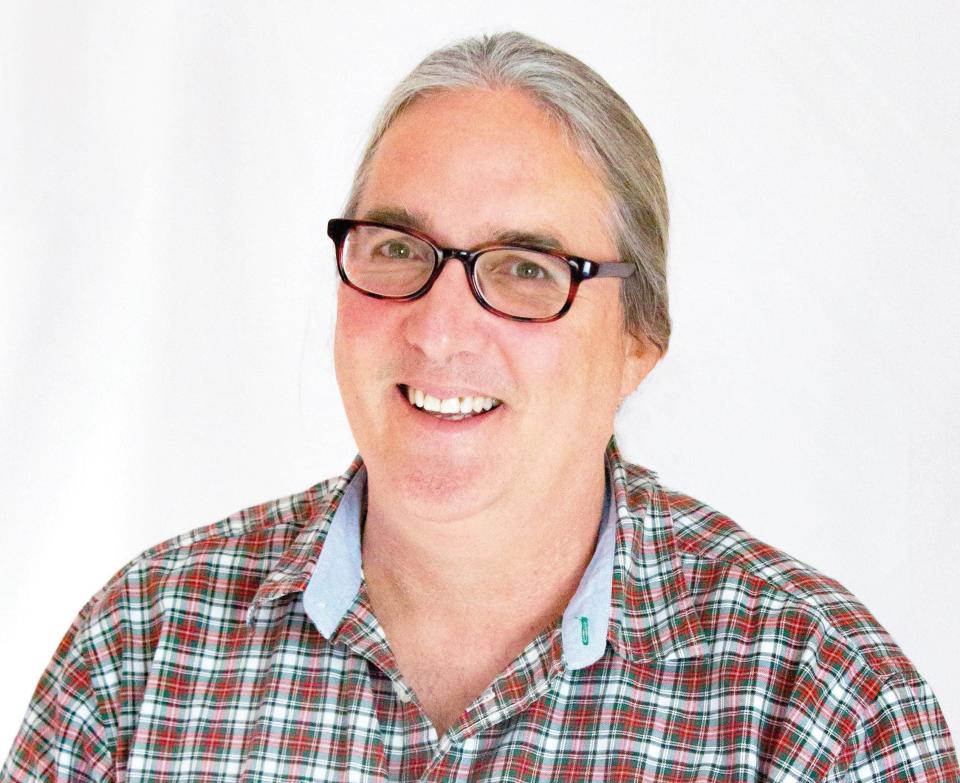City Talk: Savannah population stagnating despite fast growth in Bryan, Effingham counties
This is the City Talk column by Bill Dawers, a longtime contributor to the Savannah Morning News.
The 2020 U.S. Census revealed stark differences in regional growth patterns.
The population of Chatham County rose by 11.4% between 2010 and 2020, but much of that increase occurred outside the City of Savannah, which grew by only 8.4%.
Those are robust numbers, but they pale beside the gaudy growth rates in the other counties in the official metropolitan statistical area. From 2010 to 2020, Bryan County’s population increased by 48% and Effingham County’s population increased by 24%, although it’s worth noting that those counties have far fewer residents than Chatham, so new developments can have outsized impacts on the percentages.
In hard numbers, Chatham County grew by about 30,000 people in the decade before the 2020 Census. Bryan and Effingham counties grew by a combined 27,000.
More City Talk: More aggressive policies needed to strengthen neighborhoods, mitigate tourism

Since 2020, the trends seem to have accelerated. According to official estimates, Chatham County added about 5,800 people between April 2020 and July 2022, but Bryan and Effingham counties have added a combined 7,800.
The location of the new Hyundai plant will almost certainly spur even faster population growth in Bryan, Effingham and Bulloch counties.
Meanwhile, Savannah’s population seems to have stagnated, according to the Census estimates. The city added only about 240 residents between 2020 and 2022.
Given the pace of multi-family development in Savannah, the slowing growth rate might seem surprising, but multiple factors are putting downward pressure on residential density even as new units come online.
More City Talk: Carol Bell, Tony Thomas change the dynamics of Post 1 at-large council race

The proliferation of vacation rentals, both legal and illegal, has in effect converted many properties from residential to commercial.
Demographic shifts and gentrification are likely reducing the number of residents per unit. According to the most recent estimates, the average household in both Savannah and Chatham County had 2.46 people in the period from 2017 to 2021.
During the same period, Bryan County and Effingham County averaged 2.92 and 2.83 people per household, respectively. The numbers probably reflect trends in the housing market, families’ desires for better public schools and concerns about crime.
The stagnation of the population of Savannah might not be a cause for serious concern if the city were already relatively well built out, but there are underutilized properties across the landscape. Neighborhoods near the core of the city, including the Historic District and Thomas Square where I live, could easily absorb thousands of new residents, and so could many areas east, west and south of the downtown core.
I bet that some readers bristled at my use of “thousands” in the previous sentence, but consider the relatively new apartment building across the lane from my house. Even with more than 80 units, it generates far less noise and traffic than the police precinct that formerly occupied the site.
And then consider the potential for many large parcels around town, some of which are publicly owned or occupied by fading commercial enterprises.
The rate of population growth in Savannah might increase in the next few years with new development in West Chatham that attracts employees at Hyundai and other businesses, but the current trends don’t look good for older neighborhoods with limited housing options for middle-class workers and their families.

The stakes seem high. The acceleration of sprawl will worsen problems related to traffic and infrastructure. Savannah’s importance as the cultural center for the region could further erode as the economy is increasingly dominated by the service sector.
Many Savannahians will disagree with me about the need for more density, but many also feel like their neighborhoods are in decline or, at best, an afterthought at City Hall. I would argue that more residents in some neighborhoods will translate into more cultural vibrancy, more economic activity and more political clout.
Wherever Savannah voters stand on the issue of density, they should ask candidates some hard questions about the future of the city in the 10 weeks or so before the November elections.
Contact Dawers via @billdawers on Twitter and CityTalkSavannah@gmail.com.
This article originally appeared on Savannah Morning News: City of Savannah resident population dwindling despite region growth

